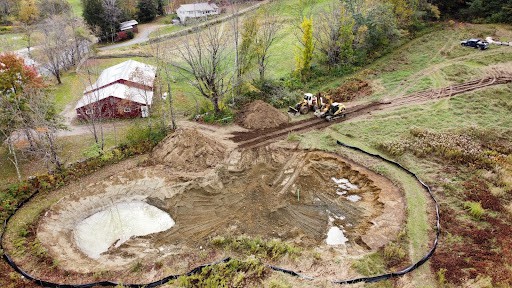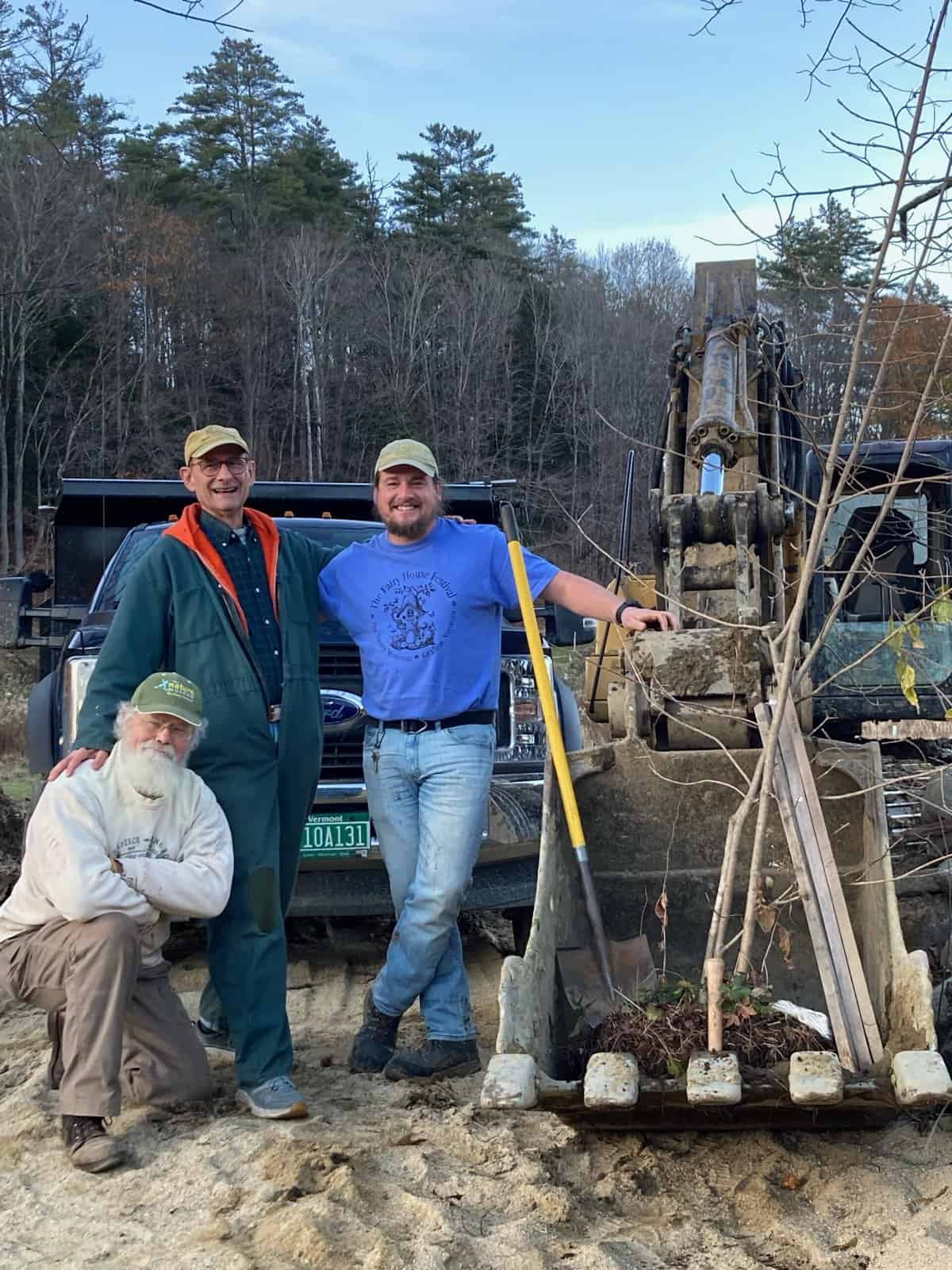
GRAFTON, Vt. – The Nature Museum in Grafton, Vt., announces the latest phase of its exciting wetland restoration project. The Chapman Meadow behind the museum building has been transformed with the construction of a new pond, creation of one-of-a-kind natural playscape features, and new pathways. This milestone marks a significant breakthrough after three years of brainstorming and planning by the museum’s dedicated “meadow-mittee” and staff.
“Reviving a wetland and providing space for both self-guided and staff-led education are key goals with this project,” says Nikolas Katrick, executive director of the museum. “I hope this inspires folks in our region to restore small wetlands in their backyards and neighborhoods, because all together, that can have a significant impact in slowing down flood waters and providing habitat for our wildlife neighbors.”

An important part of the initiative is building a long-term meadow management plan, including strategies to manage invasive species. Recently, students from Compass School helped with the task of identifying existing invasive species on the property, properly removing these plants, and preparing them for proper disposal. Over the past year, hundreds of native species have been planted in the meadow, along with further development of the native pollinator gardens.
In addition to the conservation of the habitat around the museum, this project is also part of the museum’s strategic plan to offer children more opportunities for unstructured play in natural settings, with the expansion of the Magic Forest Playscape. Situated on the edge of the Chapman Meadow overlooking the new pond, this is a popular destination for locals and visitors, featuring jumping stumps, balancing logs, a shelter-building area, and a cabin overlooking the meadow.
Natural play areas help kids develop in many ways, including in “creative, physical, social/emotional, and spiritual” domains, says Ken Finch, museum board member and founder of Green Hearts Institute for Nature in Childhood. New features in the Playscape include a bear den and tunnel, boulder piles, earth mounds, a sand pit, and parent seating areas.
The Nature Museum worked closely with excavators Thad and Jan Guild of TMG Enterprises, a talented husband and wife team, who have been invaluable from planning to execution. Jim McClammer of Connecticut Valley Environmental Services had a pivotal role in ensuring compliance with essential wetland protection regulations, and for ecological considerations regarding existing and future habitats.
The Nature Museum is open Friday-Sunday, and the meadow, pollinator gardens, and playscape are open every day. Portions of the meadow are off limits while under construction. To learn more about the project, visit www.nature-museum.org.